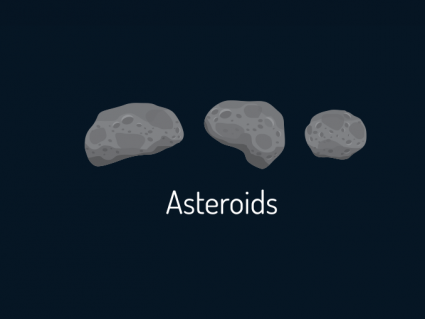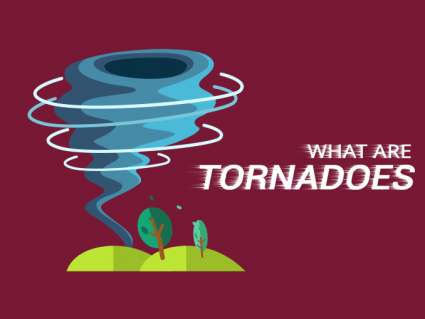What Are the 5 Themes of Geography?
The five themes of geography provide a framework for understanding the complexity of geography and make sense of the world.

The five themes of geography provide a framework for understanding the complexity of geography and make sense of the world.

From astrophysicists to arborists, this environmental science salary pyramid gives a sneak peak of how much earth scientists earn in their respective field.

If you want to pursue a career as a geophysicist, one option is to look into geophysical courses online to get started in the career.

Our solar system is a 4.57 billion years old planetary system that includes a central star and all the natural space objects (planets) orbiting the Sun.

Since Earth’s creation, oceans, continents and life have emerged. From evolution to extinction, here are the geological events and history of Earth timeline

For aspiring geologists, field camp is where you put everything you’ve learned in the classroom together in an intensive field campaign.

Earth’s magnetic field gives us a layer out in space called the magnetosphere. If you want to learn everything about magnetosphere, this is the complete guide.

The name “shield volcano” originated from its Roman shield-like shape. They are broad, flat and can stretch hundreds of miles wide like Mauna Loa in Hawaii.

Near Earth Objects (NEO) are debris in space at risk colliding with Earth. Asteroids, comets and meteors pose potential risk to Earth.

Their difference is location. Meteoroids are up in the sky. Meteors fall to Earth and flash light breaking down in the atmosphere. Meteorites are on Earth.

Asteroids are odd-shaped rocks made of metal and other elements. There are about 100,000 known asteroids mostly in the asteroid belt between Mars & Jupiter.

Tornadoes are some of the most powerful and destructive forces in nature causing catastrophic damage to homes and killing dozens of people.

The world is rapidly transitioning towards a clean energy future. We can switch to alternative sources of energy to fuel our cars and homes.

How many spheres of Earth exist on Earth? If you count them all, you would get about 17 of them. This is the definitive guide to all 17 spheres of Earth.

From large to small, the 7 major tectonic plates include the Pacific, North American, Eurasian, African, Antarctic, Indo-Australian and South American plate.